An American used drones to capture the color lines still stark in South African cities.

Johnny Miller was just starting out as a photographer in Seattle in 2011 when he won a Rotary Ambassadorial Scholarship that took him to Cape Town, South Africa—a country that, like his own, has a long history of institutional racism and segregation.
After learning more and more about the history of apartheid in academic settings and encountering its legacy on Cape Town’s streets, Miller decided to engage with the topic in a fresh way: by using a drone to photograph birds-eye views of South African cities and suburbs. The resulting series, called “Unequal Scenes,” shows just how drastically different the urban experience is depending on what side of the color line you are on today, more than 20 years after the end of apartheid.
Miller discussed his project and the impact he hopes it has with CityLab.
What led you to embark on this project?
During my coursework [at the University of Cape Town], we covered a lot of topics, and some of the most interesting to me were spatial planning and the architecture of the city—specifically the particular way that was done under apartheid. For example, there are huge buffer zones that were created to keep different race groups separate. I just thought that was fascinating. So when I got the drone, I had a spark of inspiration that perhaps I could capture those separations from a new perspective.
Drone photography is interesting because it affords people a new perspective on places they thought they knew. Humans have this amazing ability to think we know a situation, having seen it so many times from the same perspective. It becomes routine, almost a pattern. When you fly, you totally change that.
So I took the drone to one of the most dramatic examples of informal settlements, which is the boundary between Masiphumelele and Lake Michelle [the first photo in the series below]. I wanted to disrupt that sense of complacency that I felt, and that I knew a lot of privileged people in Cape Town feel.
The differences in the built environment are so stark in these photos that it's chilling. Did your understanding of segregation in America inform your approach at all?
I agree with you, I think that the images are chilling. And they communicate so well what is otherwise a very complicated and nuanced issue to discuss—separation, segregation, history, disenfranchisement. But the images cut right to the heart of the matter, which is that these separations are not right.
Segregation in America is something that always seemed fairly abstract to me. My entire family is from Michigan, and Detroit is almost a poster city for segregation. But I never really engaged with it on any meaningful level. When I moved to South Africa, it was impossible to ignore.
I can tell you that [inside Cape Town’s urban settlements] it is desperate. In some cases, it is like an urban hell. There is disease, there is crime, there is unemployment, there is anger, and there is hopelessness. Not in every single case, but in many. And literally, in some cases, next door, there are all the wealthy pleasures of life. Internet. Cars. Comforts. Swimming pools. Access to wealth. Jobs. Hope.
That’s why I think it’s important to start talking about this. The situation is untenable. There are many programs and people working to solve these problems, specifically in this country. But it will take a lot more, and a lot more compassion, I believe, to really make a difference.
Do you think being an outsider informed your approach?
Yes, I do. It’s something that most expats notice right away when they move here, or visit—this extreme divide between the mountain and the flats, the “haves” and the “have-nots,” and unfortunately, the racial divide, which is part and parcel of that.
That’s not to say that native South Africans don’t see those divides, but they have grown up in a very different environment than I did, for example, in the U.S. Perhaps they are complacent, perhaps they are indifferent—but I don’t really think so. I actually think they are overwhelmed with the scale of the problem. And that being overwhelmed sometimes looks like indifference.
What do you hope people take away from these images?
I have two main hopes for the images: One is that they will force conversations to be had… . [T]he image [being taken from] so high in the sky … takes away that visceral dislike of “the other.” It almost becomes like a mathematical problem that needs to be solved—a design problem. And that is bringing really serious emotions to the surface. Take a look at the comments on my Facebook and my website and see what South Africans are saying. Some are positive, some are negative, but people are talking. That’s a good thing.
Secondly, I hope that it inspires people to use technology and creative means to tell these “old stories.”
America has its own history of government-endorsed color lines. Do you think such a project would have similarly striking results?
I see great scope to collaborate and do comparative studies with areas of the States. I think it will be a huge eye-opener. Not only for Americans, but for Africans. There is a sense that America is so equitable, so open and free [in South Africa]. I think it would be really humanizing, from the African perspective, to see that American cities, to some extent, do resemble their own—that there are similar issues that African Americans and Native Americans are dealing with, and have been dealing with, for hundreds of years.
Some of the photos from Miller’s series are below; check out the rest here.
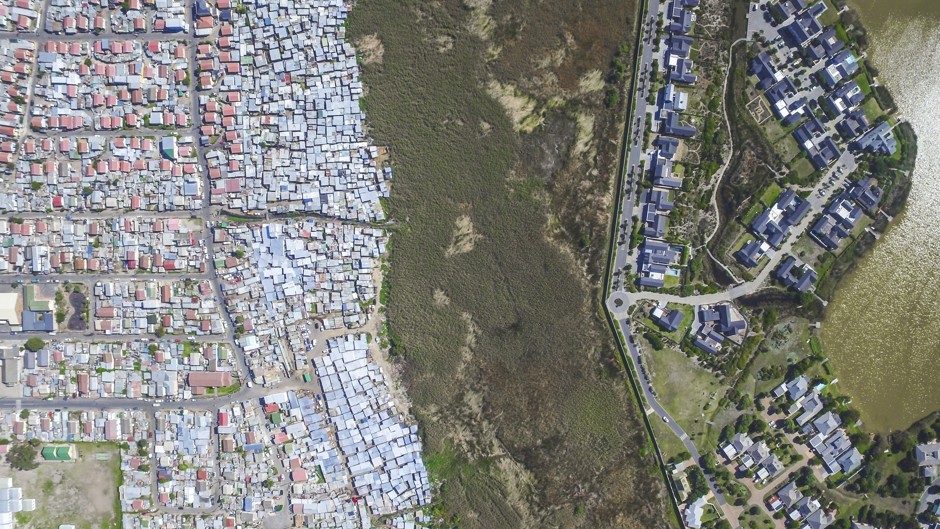

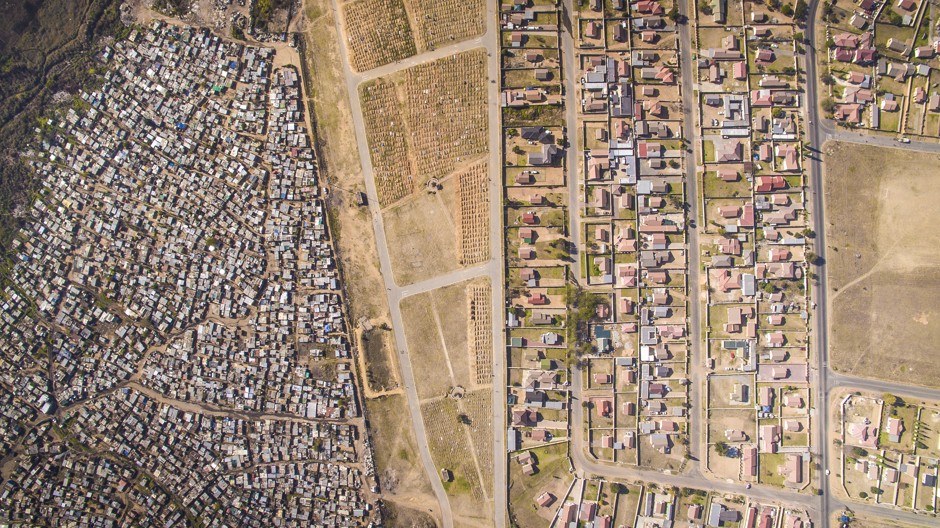
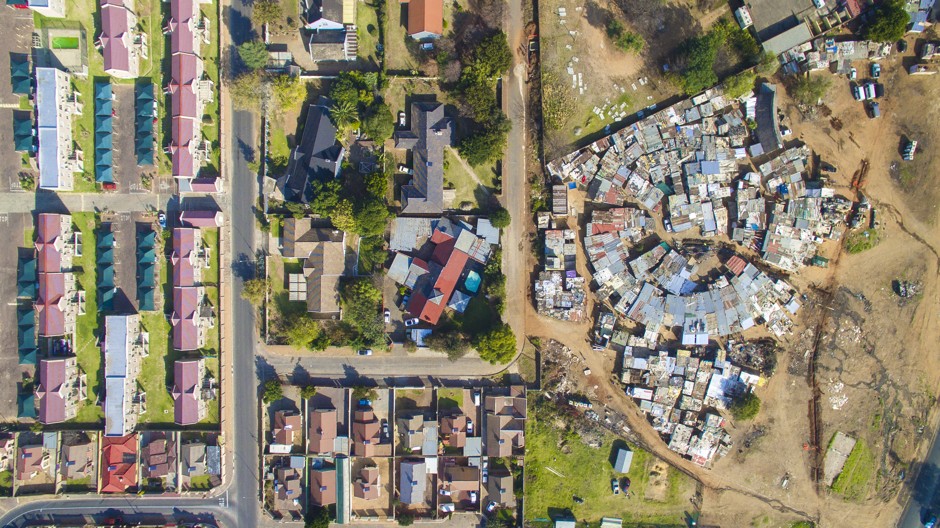
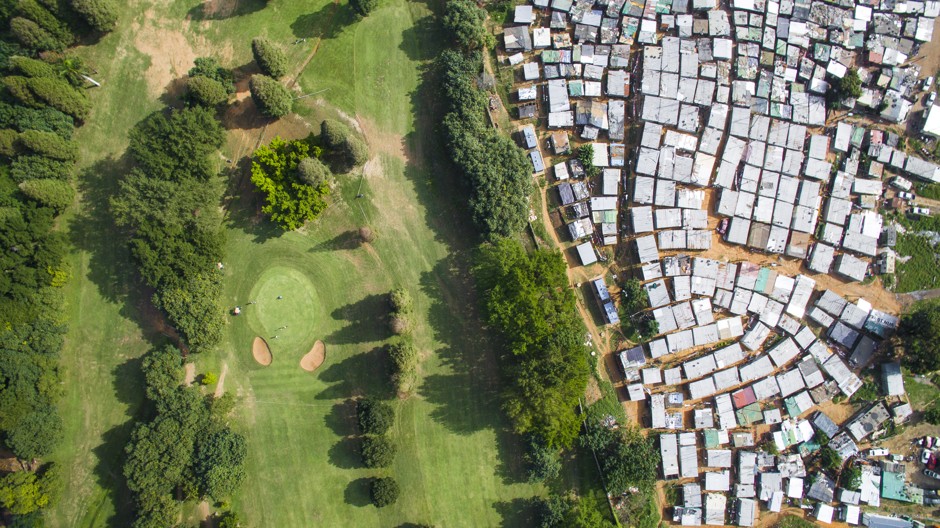
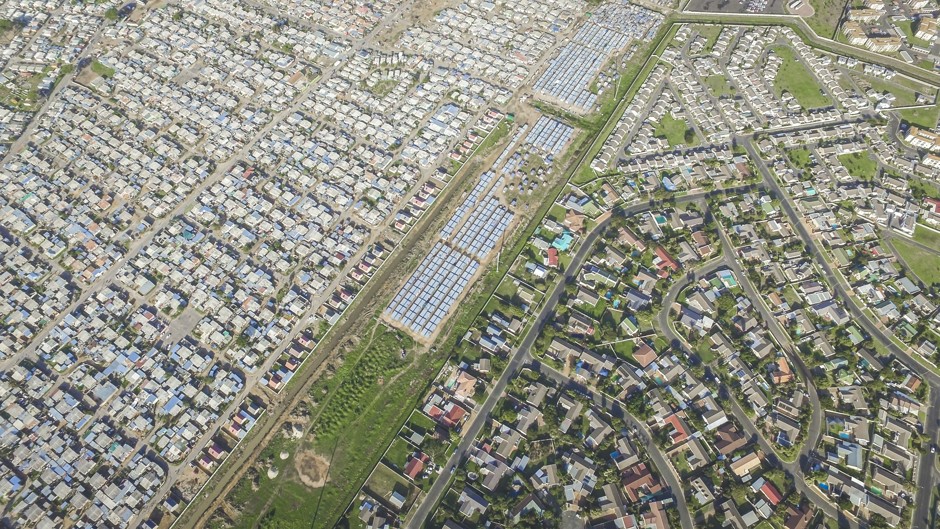
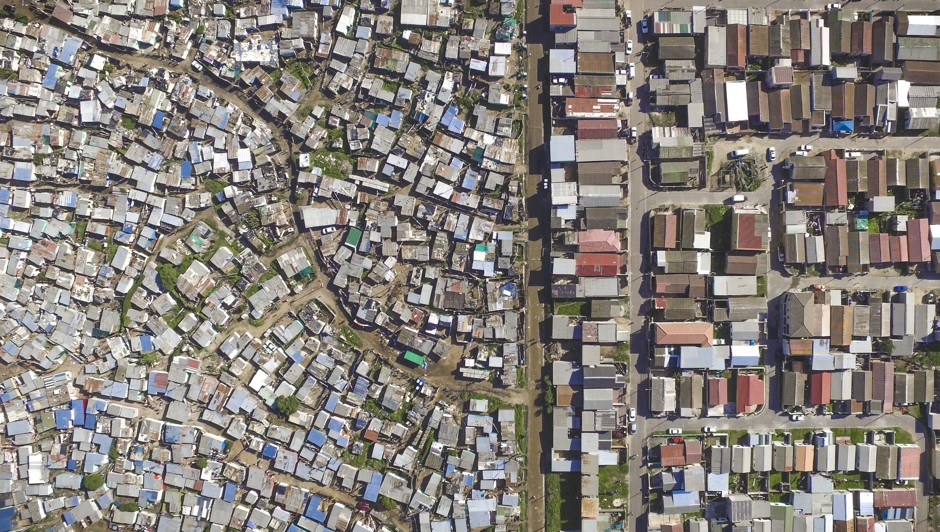
No comments:
Post a Comment